Related Research Articles

A fairy tale is a short story that belongs to the folklore genre. Such stories typically feature magic, enchantments, and mythical or fanciful beings. In most cultures, there is no clear line separating myth from folk or fairy tale; all these together form the literature of preliterate societies. Fairy tales may be distinguished from other folk narratives such as legends and explicit moral tales, including beast fables.

"Cinderella", or "The Little Glass Slipper", is a folk tale with thousands of variants throughout the world. The protagonist is a young woman living in forsaken circumstances that are suddenly changed to remarkable fortune, with her ascension to the throne via marriage. The story of Rhodopis, recounted by the Greek geographer Strabo sometime between around 7 BC and AD 23, about a Greek slave girl who marries the king of Egypt, is usually considered to be the earliest known variant of the Cinderella story.

"Sleeping Beauty", or "Little Briar Rose", also titled in English as "The Sleeping Beauty in the Woods", is a classic fairy tale about a princess who is cursed to sleep for a hundred years by an evil fairy, to be awakened by a handsome prince at the end of them. The good fairy, realizing that the princess would be frightened if alone when she awakens, uses her wand to put every living person and animal in the palace asleep, to awaken when the princess does.

Beauty and the Beast is a fairy tale written by French novelist Gabrielle-Suzanne Barbot de Villeneuve and published in 1740 in La Jeune Américaine et les contes marins. Her lengthy version was abridged, rewritten, and published by French novelist Jeanne-Marie Leprince de Beaumont in 1756 in Magasin des enfants to produce the version most commonly retold. Later, Andrew Lang retold the story in Blue Fairy Book, a part of the Fairy Book series, in 1889. The fairy tale was influenced by Ancient Greek stories such as "Cupid and Psyche" from The Golden Ass, written by Lucius Apuleius Madaurensis in the second century AD, and The Pig King, an Italian fairytale published by Giovanni Francesco Straparola in The Facetious Nights of Straparola around 1550.

"Hansel and Gretel" is a German fairy tale collected by the German Brothers Grimm and published in 1812 in Grimm's Fairy Tales. It is also known as Hansel and Gretel, or Little Step Brother and Little Step Sister.
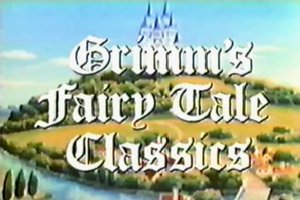
Grimm's Fairy Tale Classics, also known as Grimm Masterpiece Theater in the original version and The Grimm's Fairy Tales, is a Japanese anime anthology series by Nippon Animation based on the Grimms' Fairy Tales.

"The Twelve Dancing Princesses" is a German fairy tale collected by the Brothers Grimm and published in Grimm's Fairy Tales in 1815. It is of Aarne-Thompson type 306.
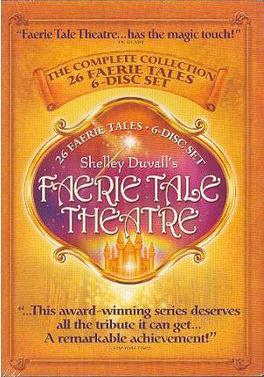
Faerie Tale Theatre is an American live-action fairytale fantasy drama anthology television series of 27 episodes, that originally aired on Showtime from September 11, 1982 until November 14, 1987. It is a retelling of 26 fairy tales, particularly those written by The Brothers Grimm, Charles Perrault and Hans Christian Andersen, an additional episode is based on the poem "The Pied Piper of Hamelin".

The Golden Bird is a fairy tale collected by the Brothers Grimm about the pursuit of a golden bird by a gardener's three sons.
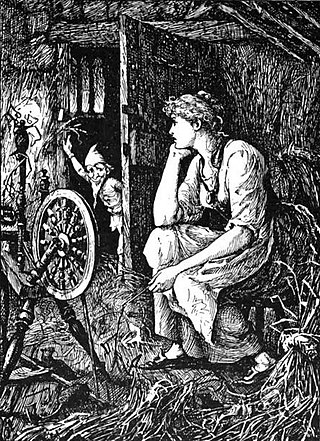
The Langs' Fairy Books are a series of 25 collections of true and fictional stories for children published between 1889 and 1913 by Andrew Lang and his wife, Leonora Blanche Alleyne. The best known books of the series are the 12 collections of fairy tales also known as Andrew Lang's "Coloured" Fairy Books or Andrew Lang's Fairy Books of Many Colors. In all, the volumes feature 798 stories, besides the 153 poems in The Blue Poetry Book.

The Story of Pretty Goldilocks or The Beauty with Golden Hair is a French literary fairy tale written by Madame d'Aulnoy. Andrew Lang included it in The Blue Fairy Book.

"The Three Little Men in the Wood" or "The Three Little Gnomes in the Forest" is a German fairy tale collected in 1812 by the Brothers Grimm in Grimm's Fairy Tales. Andrew Lang included it in The Red Fairy Book (1890) as "The Three Dwarfs," and a version of the tale appears in A Book of Dwarfs (1964) by Ruth Manning-Sanders.
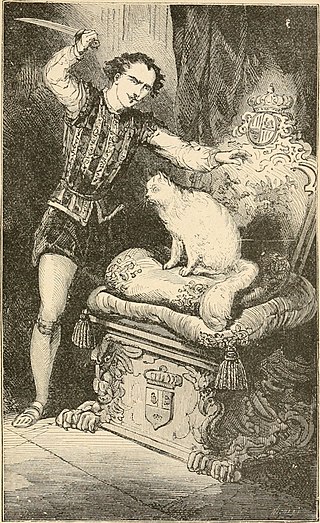
The White Cat is a French literary fairytale written by Madame d'Aulnoy and published in 1698. Andrew Lang included it in The Blue Fairy Book.
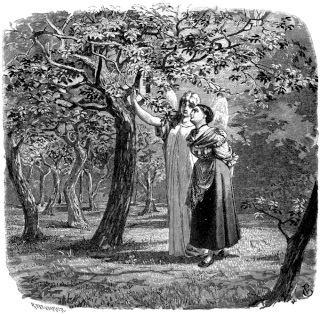
"The Girl Without Hands" or "The helpless Maiden" or "The Armless Maiden" is a German fairy tale collected by the Brothers Grimm. It is tale number 31 and was first published in the 1812 edition of Children's and Household Tales. The story was revised by the Grimm brothers over the years, and the final version was published in the 7th edition of Children's and Household Tales in 1857. It is Aarne-Thompson type 706.
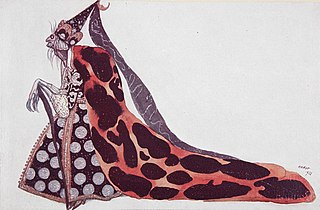
The WickedFairy is the antagonist of Sleeping Beauty. In some adaptations she is known as Carabosse, and she is named Maleficent in Walt Disney media.

American McGee's Grimm is a 23-part episodic video game series based upon Grimm's Fairy Tales, designed by American McGee, developed by Spicy Horse and distributed online initially by GameTap starting July 31, 2008. Grimm was originally thought to resemble the warped fairy tale style of American McGee's Alice, but the art style appears to be much more child-friendly and simplistic. Grimm is written and executive-produced by the same person as American McGee's Alice, R. J. Berg. The original announcement was made in the June 2007 issue of PC Gamer.

Wolves, Witches and Giants, narrated by Spike Milligan, is a children's cartoon series of humorous adaptations of classic fairy tales, featuring a collection of villains including the wily wolf, a wicked witch and an enormous giant. It was written by musician Ed Welch, based on an LP, also performed by Milligan. The Directors and Producers were Simon & Sara Bor of Honeycomb Animation. There were 4 series of 13 episodes and 3 specials produced for ITV from 1995 to 1999. Reruns ran on Discovery Kids (UK) until its defunct in 2007 and later, on CITV from July 2005.

"Jack and the Beanstalk" is an English fairy tale. It appeared as "The Story of Jack Spriggins and the Enchanted Bean" in 1734 and as Benjamin Tabart's moralized "The History of Jack and the Bean-Stalk" in 1807. Henry Cole, publishing under pen name Felix Summerly, popularized the tale in The Home Treasury (1845), and Joseph Jacobs rewrote it in English Fairy Tales (1890). Jacobs' version is most commonly reprinted today, and is believed to be closer to the oral versions than Tabart's because it lacks the moralizing.

"Puss in Boots" is an Italian fairy tale, later spread throughout the rest of Europe, about an anthropomorphic cat who uses trickery and deceit to gain power, wealth, and the hand of a princess in marriage for his penniless and low-born master.
References
- ↑ Zipes, Jack; Greenhill, Pauline; Magnus-Johnston, Kendra (2017). Fairy-Tale Films Beyond Disney: International Perspectives. p. 249. ISBN 978-1134628131.
- ↑ "Iniminimagimo". Cinémathèque québécoise (in French).